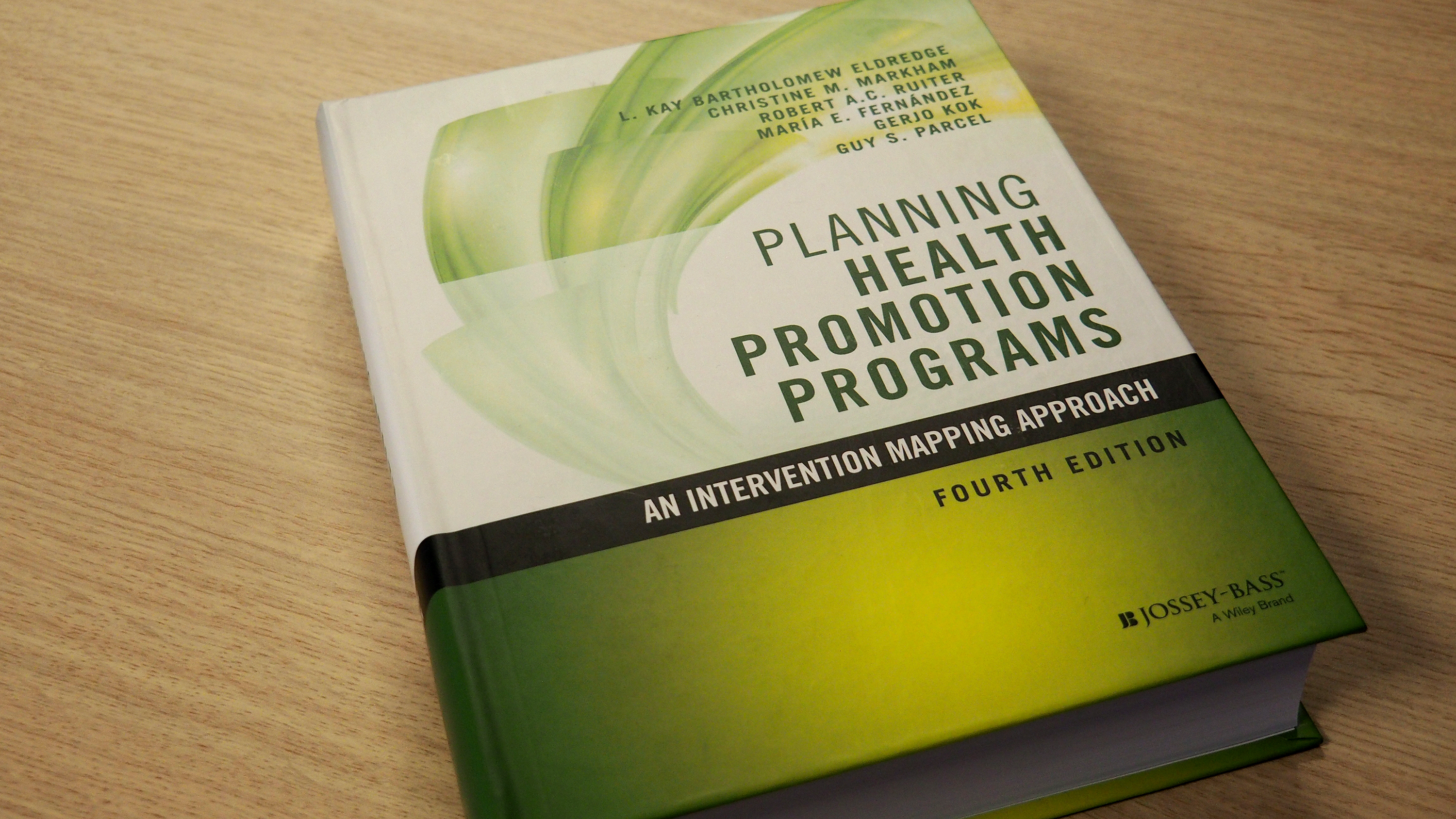Intervention mapping: Nothing for us, without us
− 0 min readBy Sueli Brodin, MPCER team member
Workshop Impactful Research through Intervention Mapping (MPCER)
Held 15 January 2020, 12.30-15.30
Prof. Rob Ruiter and Prof. Kai Jonas- Intervention Mapping Team in Maastricht
Kai Jonas: Professor of Applied Social Psychology, project: LGBT diversity and health
Rob Ruiter: Professor of Health and Social Psychology, co-author of “Intervention Mapping” (5th edition to appear in 2021)
“For every complex problem there is an answer that is clear, simple, and wrong.”
H. L. Mencken
-
The problem: How to make people change their behaviour?
Top-down normative policy interventions aimed at changing a behaviour that is seen as problematic often tend to fail. This could be due to a number of reasons. The target populations may react with resistance towards policy interventions that do not seem to fit the experienced context. Moreover, policies are often designed based on a somewhat short-sighted and oversimplified view of how psychology works. “Research shows that behavioural change is determined by many other aspects than simply cognitive and non-cognitive factors,” Kai Jonas explains.
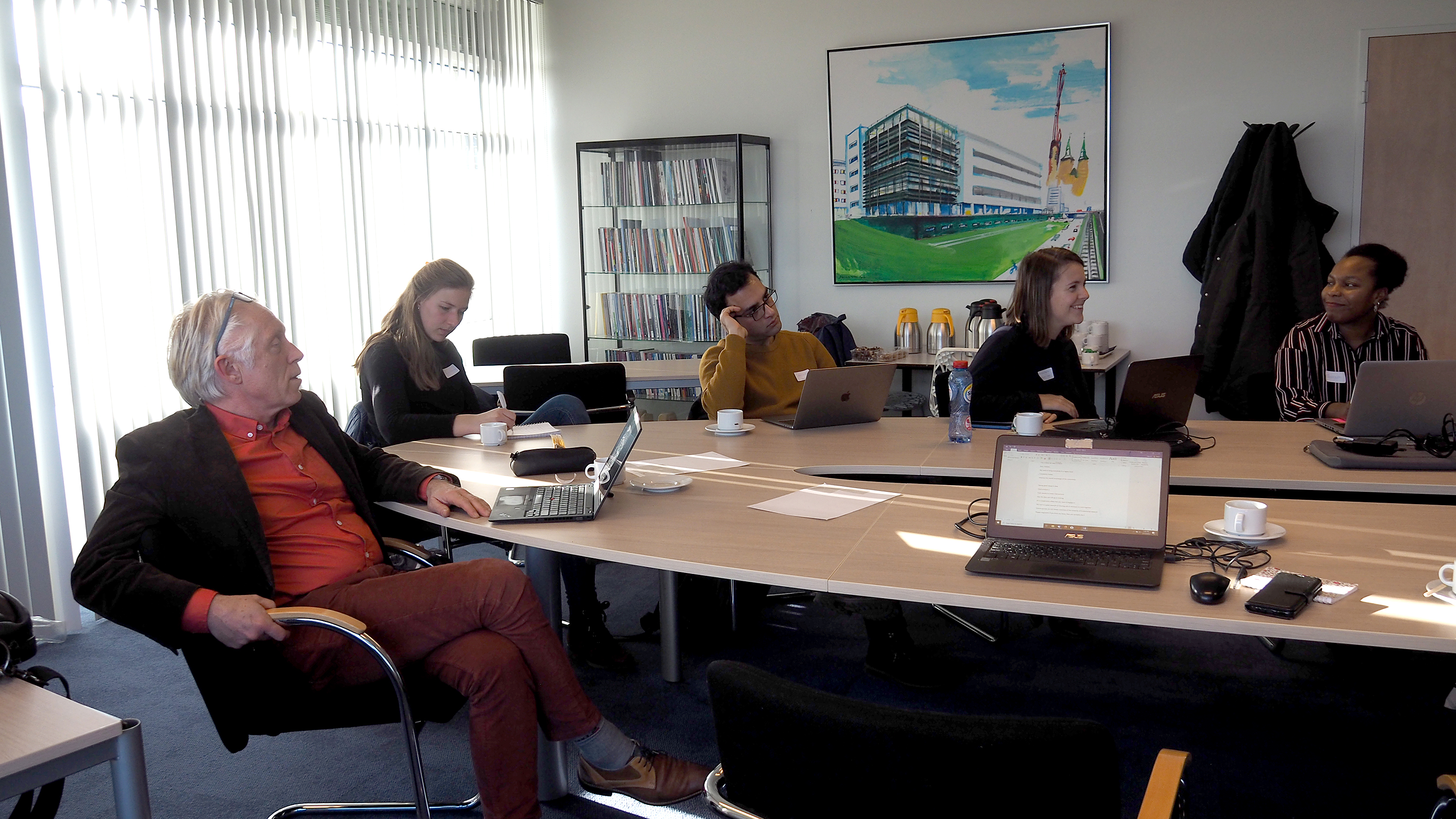
-
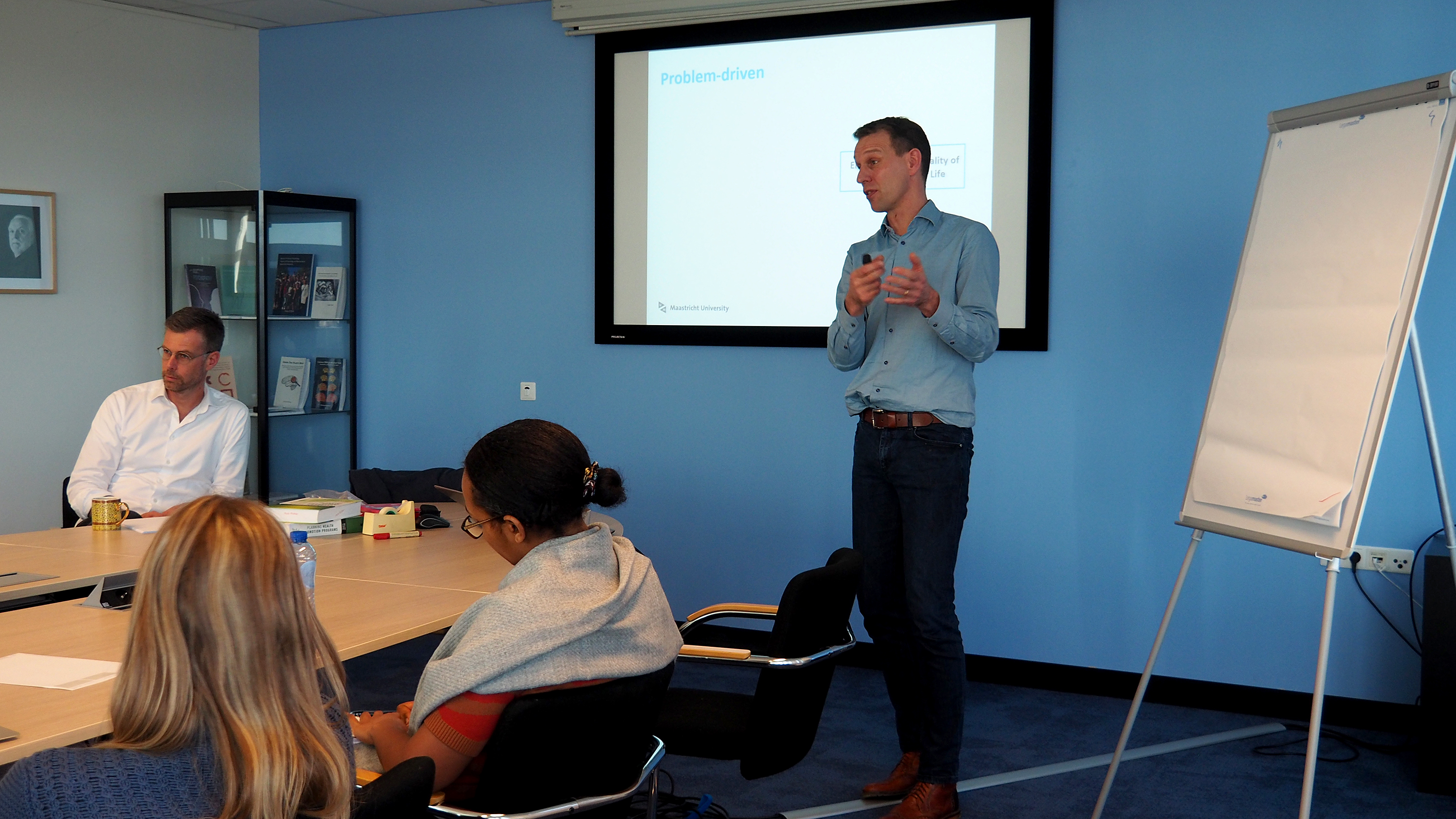

-
“Whenever a theory appears to you as the only possible one, take this as a sign that you have neither understood the theory nor the problem which it was intended to solve.”
K.R. Popper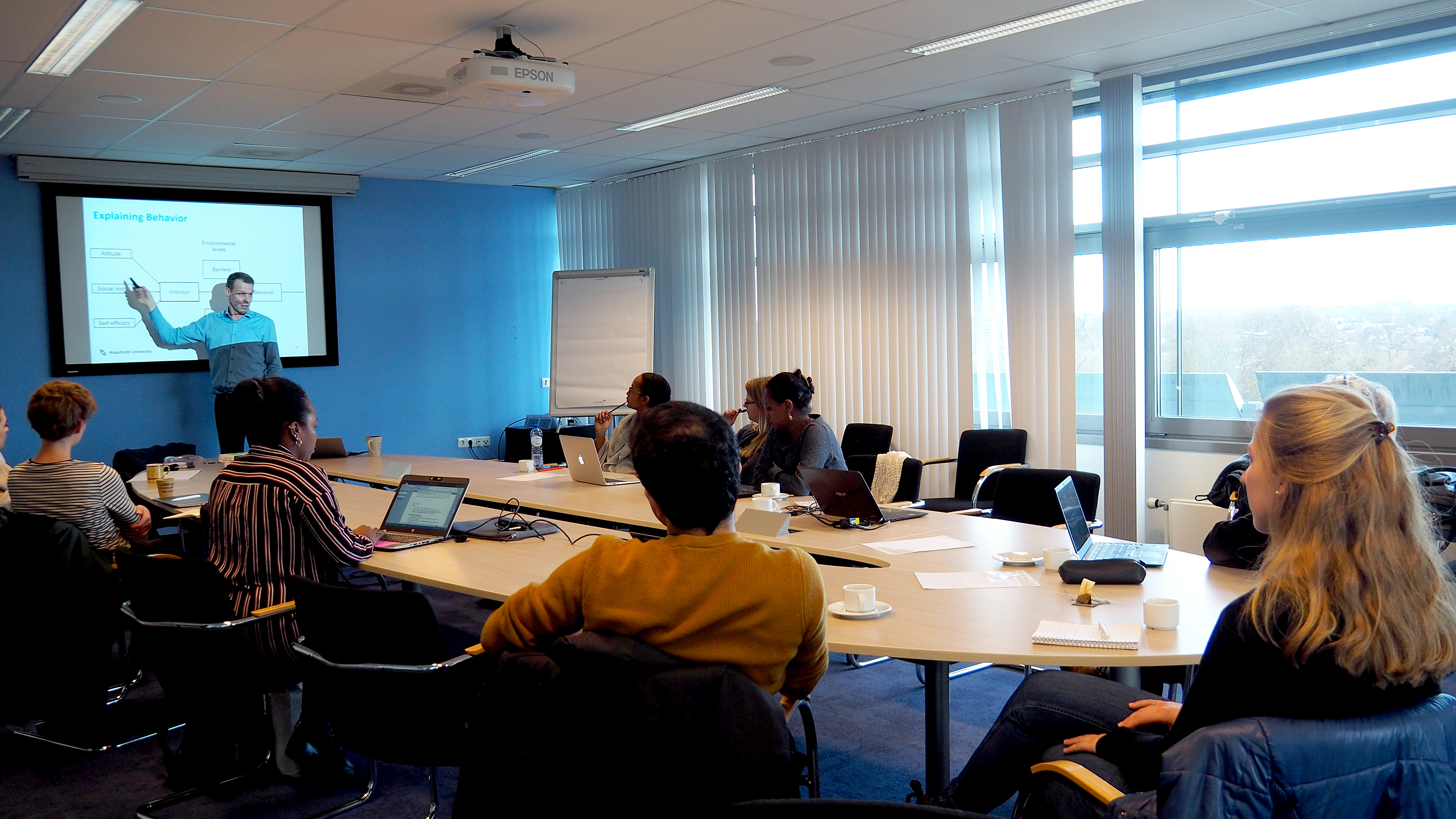
-
What makes Intervention Mapping successful?
Intervention Mapping looks at societal problems at stake from an evolutionary perspective. For Jonas, it is important to understand that individual behaviour happens in a complex environment, involving various factors: individual, interpersonal, organisation, community, society. Each factor has an impact on the individual behaviour – and vice versa. In his view, Intervention Mapping is a particularly effective method to tackle problems that have a big impact on the quality of life of the individual, the people around the individual, and society at large, such as hospital infections such as malaria, or energy use.
Jonas encourages researchers to use the knowledge that is already available: “There is a lot of evidence out there, easily accessible. Brainstorm with experts. Use the existing literature and generalised theories. Take a multi-theory approach, because one single theory cannot give the answer.”
Jonas and Ruiter see researchers as knowledge and complexity brokers, whose task and responsibility to improve the overall knowledge of the community: “Researchers need to help the target communities to reach a better understanding of the problematic behaviour and to its consequences. It’s a cooperation effort that they need to engage in.”
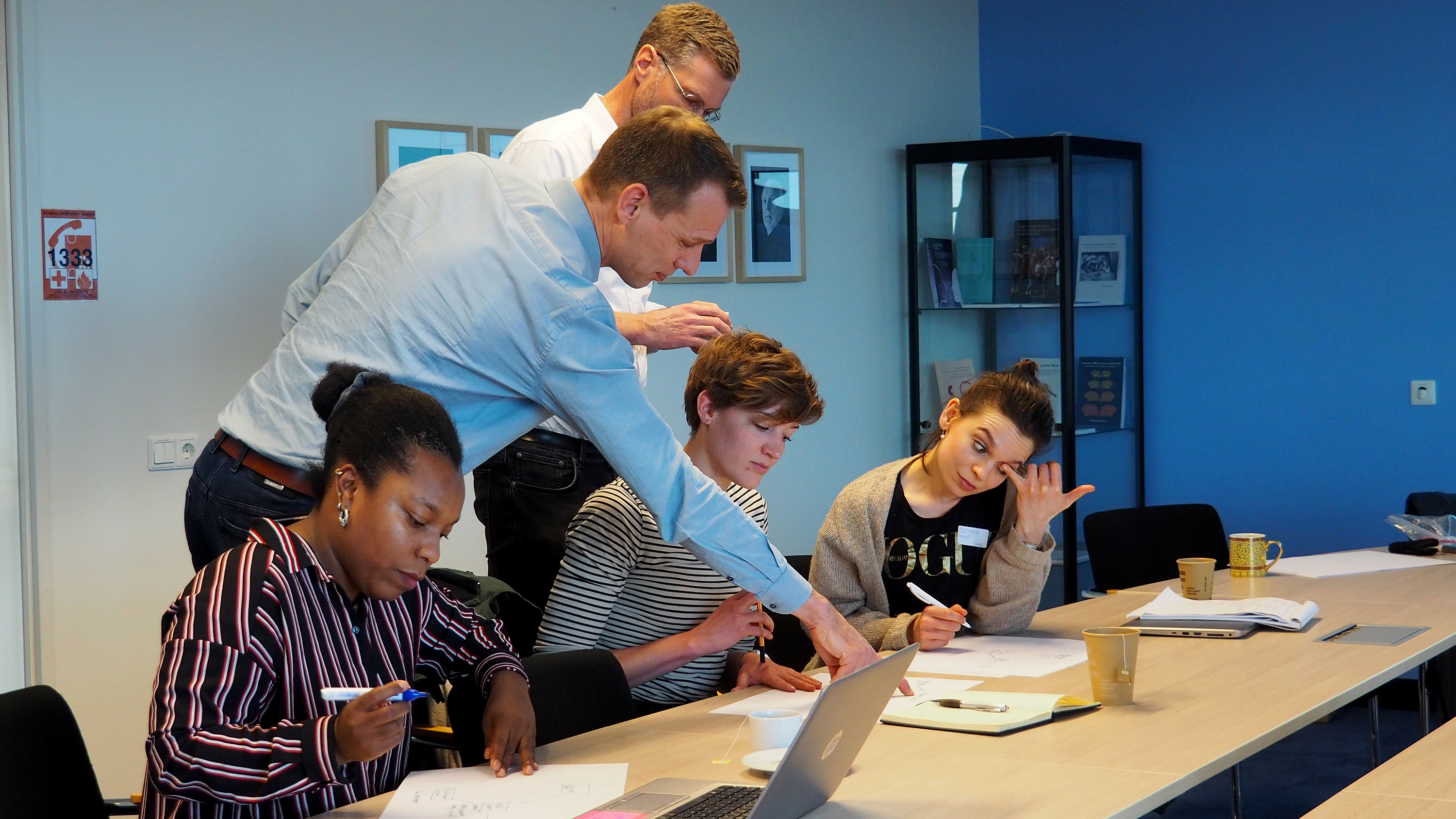
-
What are the various steps of Intervention Mapping?
Ruiter explains that thinking about a solution requires understanding the logic model of the problem. Concretely, this means that you have to start with the analysis of the problem before moving on to find the behavioural factors and the environmental factors behind the problem. The focus of the research lies in identifying the personal determinants that are causing the problematic behaviour. Personal factors can be a combination of three elements: intention, skills and (external) barriers. Ruiter gives an example: “If the policy goal is to stimulate the use of condoms to prevent HIV infection, policymakers need to make sure that target populations are sufficiently motivated to use condoms (intention), but also that they know how to talk about it (skills) and that they have the means to buy condoms (barriers).”
Intervention Mapping investigates the beliefs behind the problematic behaviour and the external and internal factors that make people engage in this behaviour. It advocates for a systematic approach to the problem, involving different, well-defined and important stages to addressing it. These stages consist in the diagnosis of the problem, the development of a solution, the implementation of the solution, and finally the evaluation of the solution.
Emphasising the fact that Intervention Mapping already comes in the development phase of the research project, Ruiter advises researchers to make sure that the design model fits the target population: “They need to understand under which conditions a model will be effective for a specific population. Contrary to activist groups who come up with a cutting-edge answer to issues and seldom do any evaluation, Intervention Mapping practitioners start thinking about the implementation and evaluation phases right from the start. Importantly, it also involves process evaluation.”
Jonas illustrates this idea further through the example of an effective application of Intervention Mapping in addressing the problem of high HIV rates among female migrant workers in South Africa. All migrant workers had to do check-ups at the city health services. Although this was a positive step to try to improve people’s health – compared to doing nothing and relying on self-regulation –, this policy did not help to decrease the rate of HIV infections. Policy interventions focusing on stimulating condom use and male circumcision failed. It turned out that the reason for their failure was that they were addressing the wrong problem. The Intervention Mapping approach allowed researchers to engage with the communities. By asking different, non-standard questions, they were able to discover that the real problem was related to the fact that the women did not have a safe place to sleep during weekends. During week days, women had access to free or cheap room and board provided by their employers, but during the weekends, they found themselves in a vulnerable position of having to trade sex for bed. Giving the women a safe place to sleep was identified as a more effective intervention to decrease HIV rates than urging them to convince their sex partners to use condoms.
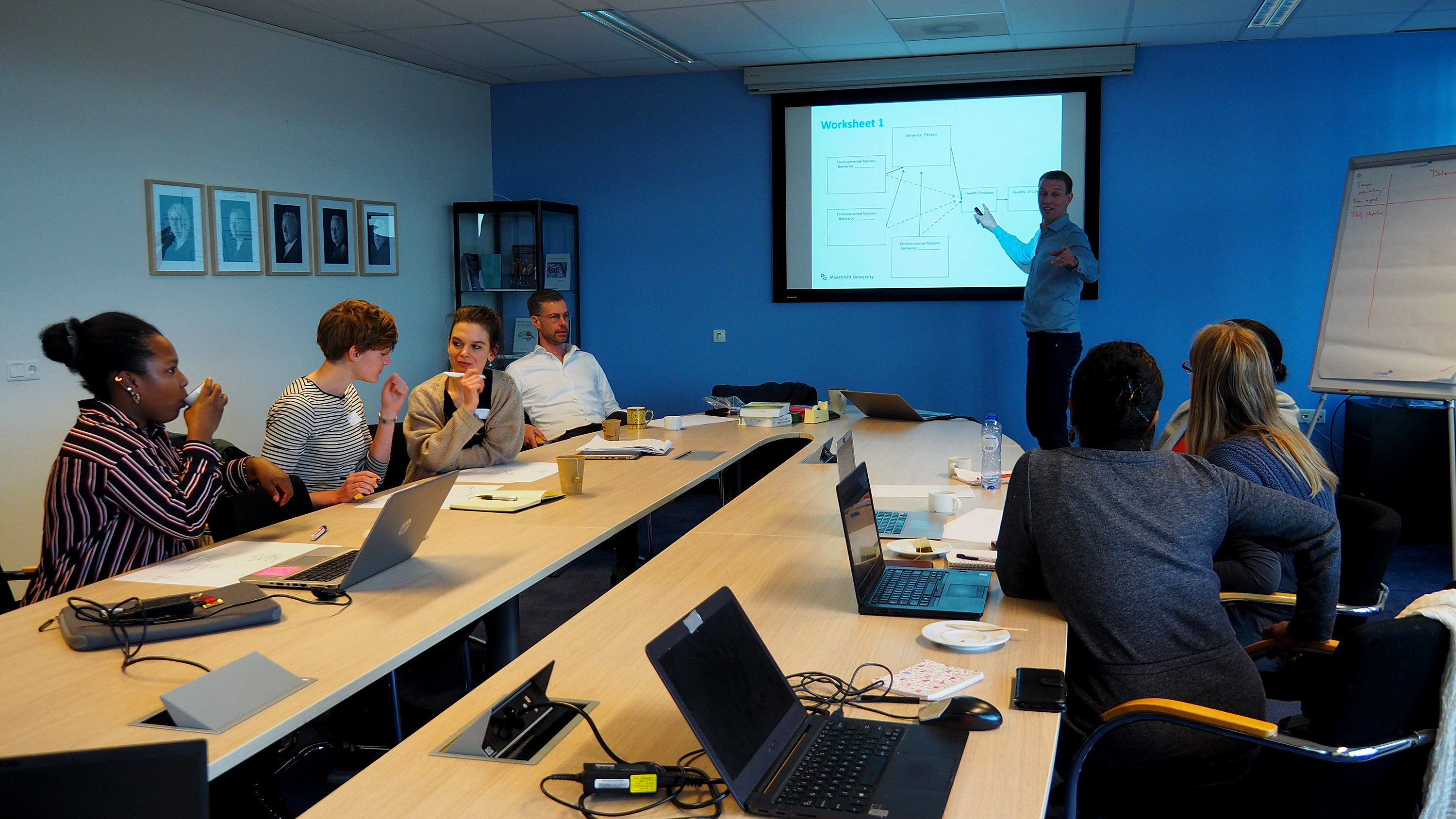
-
Key messages:
Intervention Mapping offers a framework for policy design that takes the complex context behind the problematic behaviour into account.
It is a very thorough, complete and detailed protocol that involves the active participation of stakeholders in the design of the research process and the policy interventions.
Intervention Mapping increases the likelihood that the intervention will lead to the intended behavioural change.
Intervention Mapping investigates the beliefs behind the problematic behaviour and the external and internal factors that make people engage in this behaviour. Researchers are knowledge and complexity brokers, who have a task and responsibility to improve the overall knowledge of the community.
More information:
Kai Jonas and Rob Ruiter indicated that researchers are welcome to contact them for advice. If you are interested in learning more about Intervention Mapping, check out the websites:
https://interventionmapping.com/
https://effectivebehaviorchange.com/
You can also register for the Intervention Mapping Summer Course on 6-10 July 2020.
